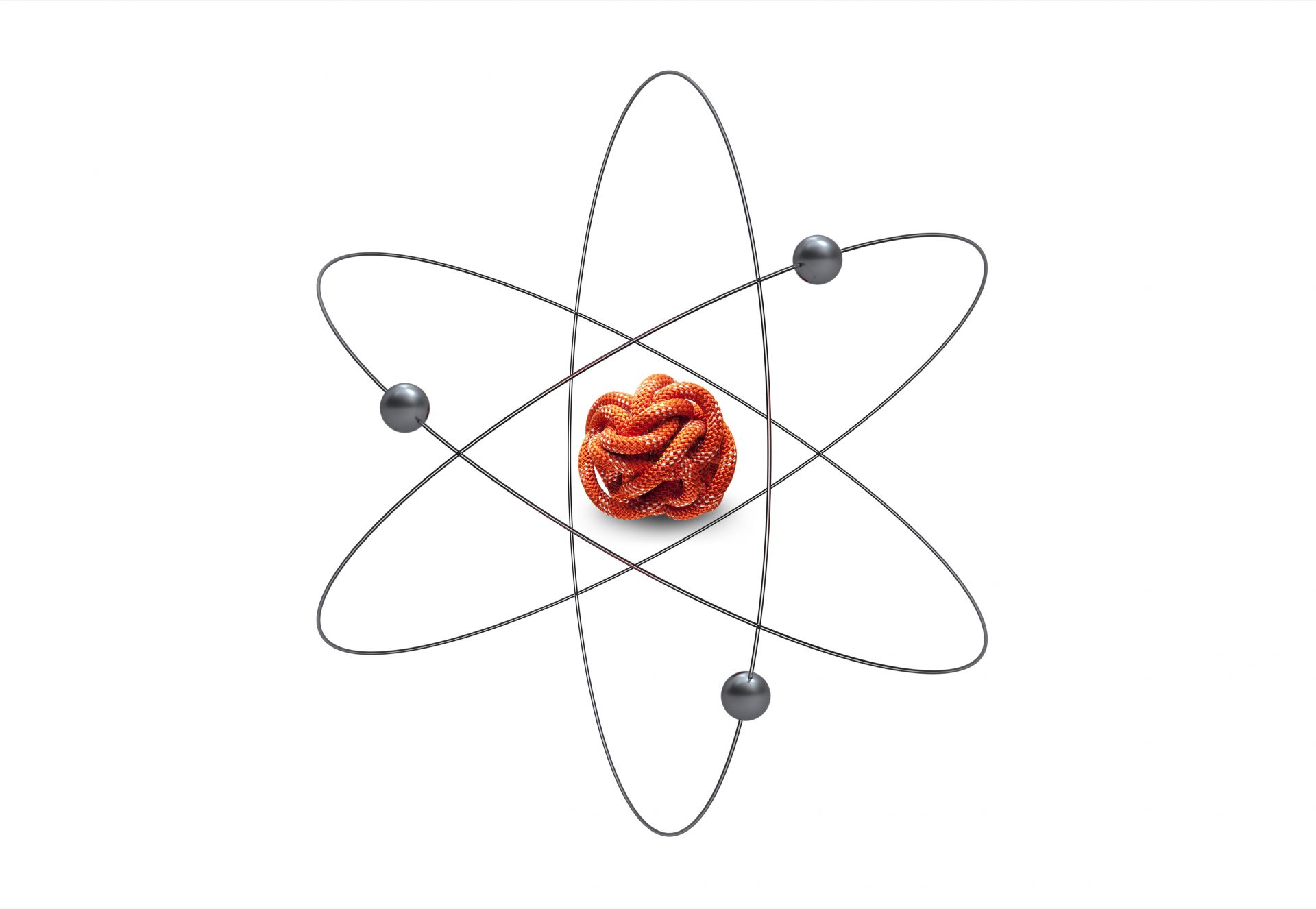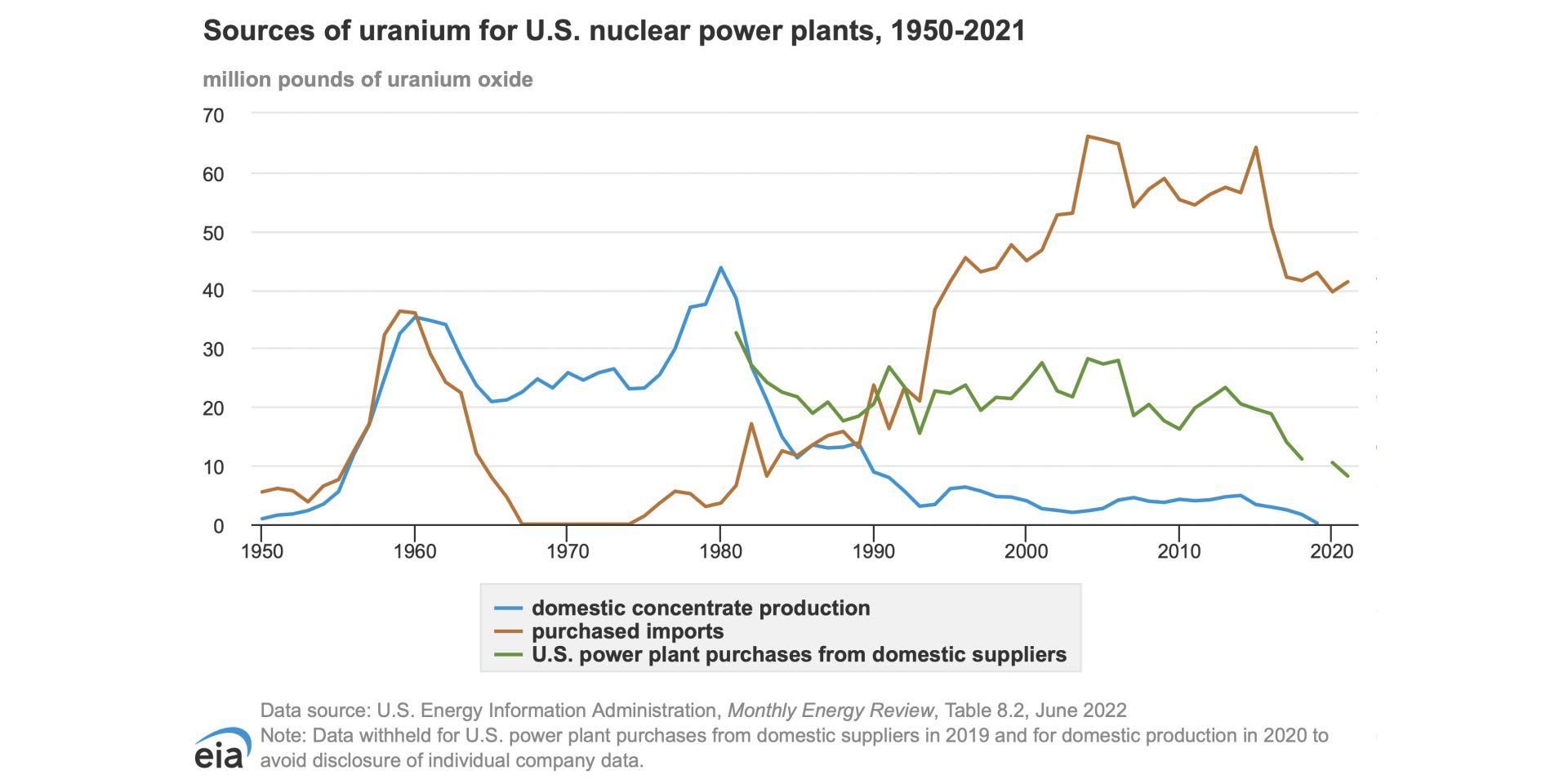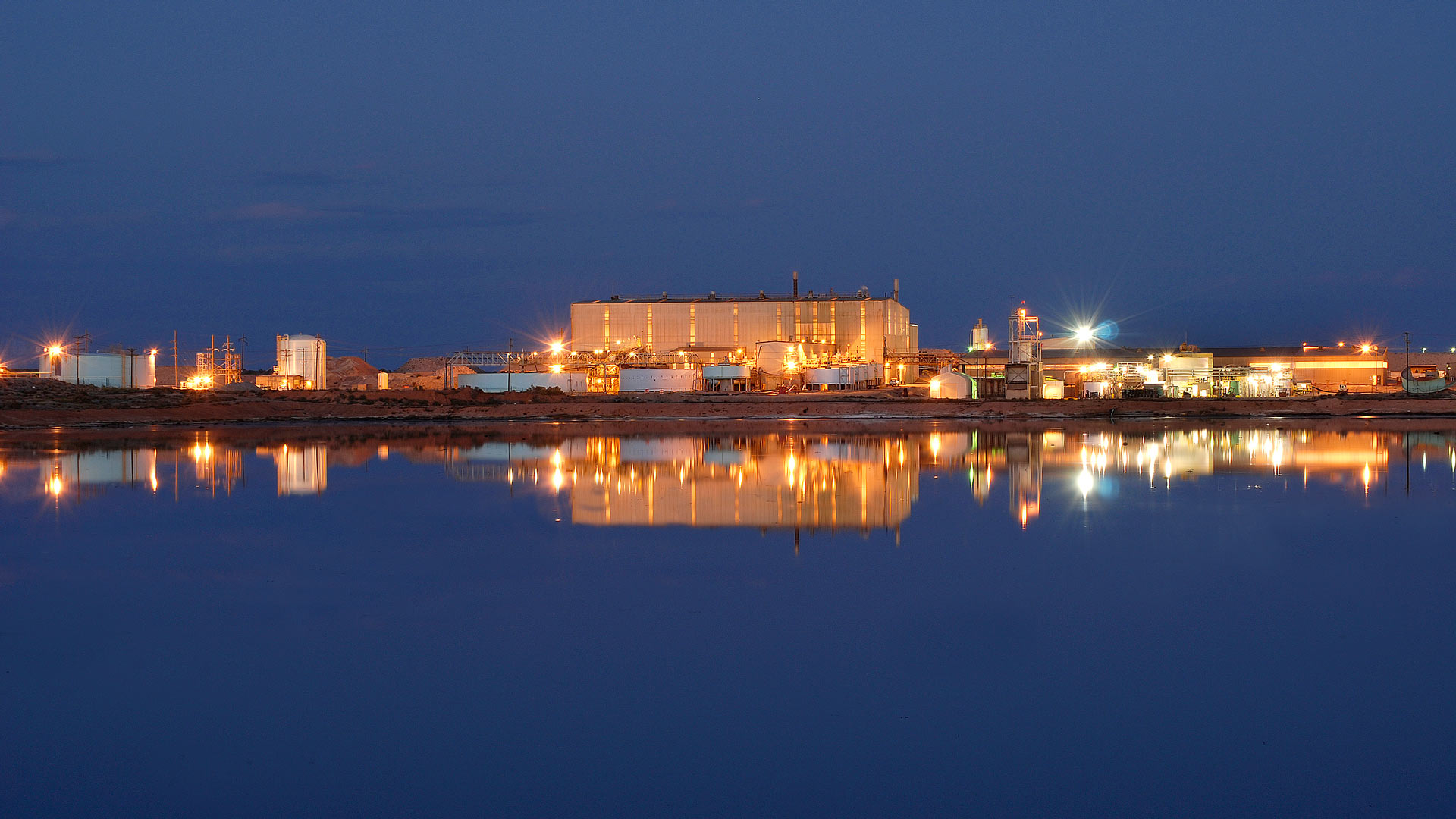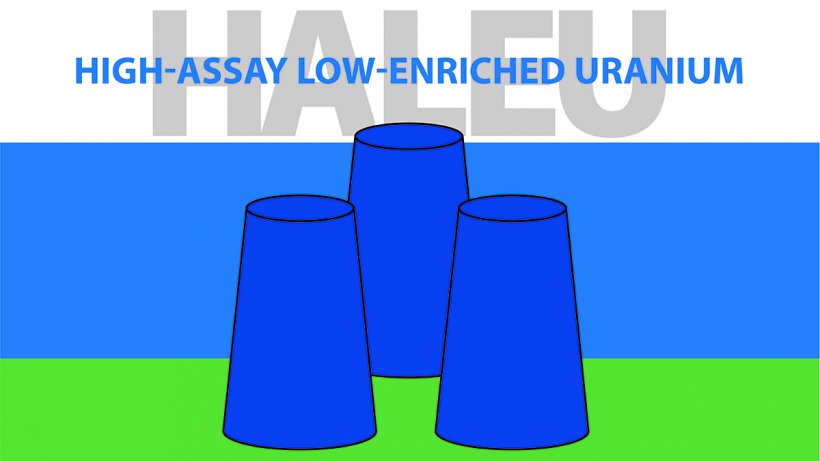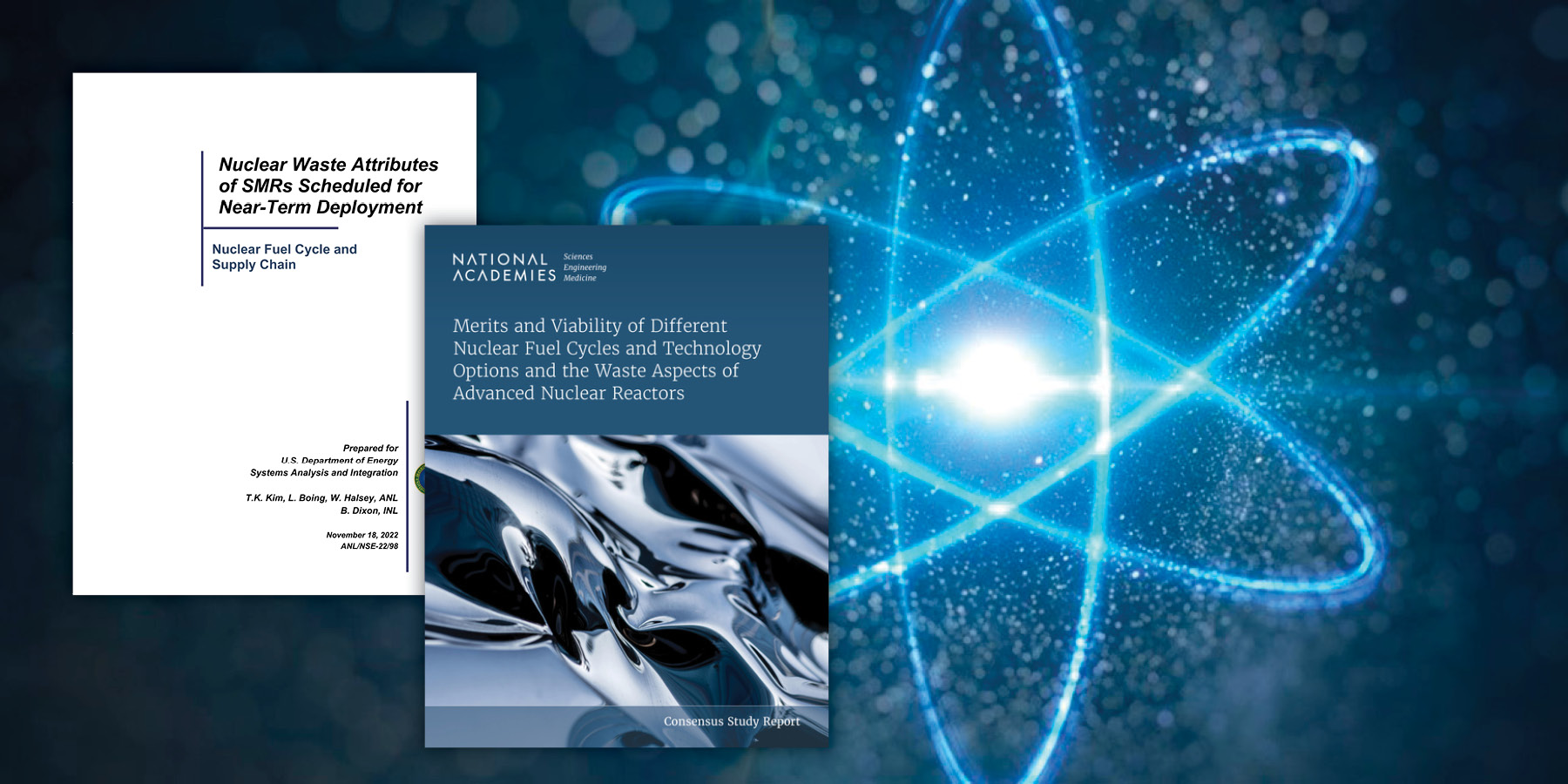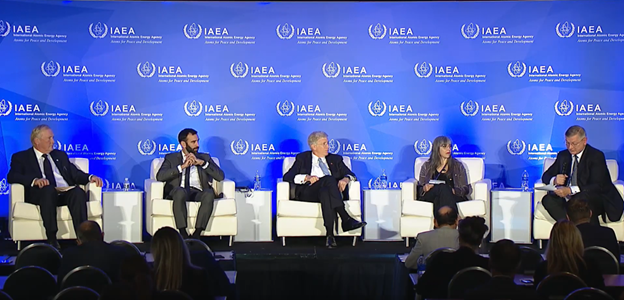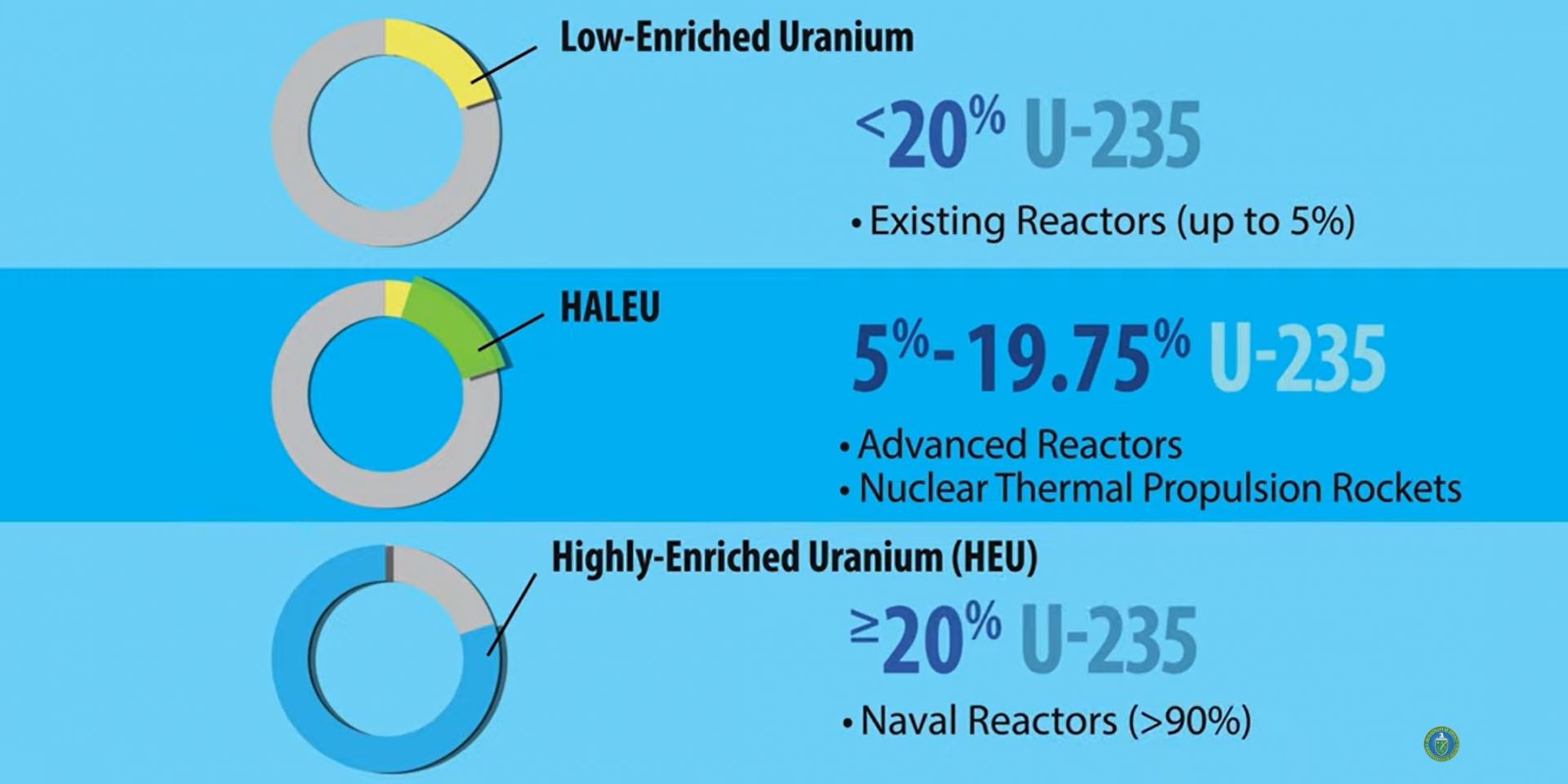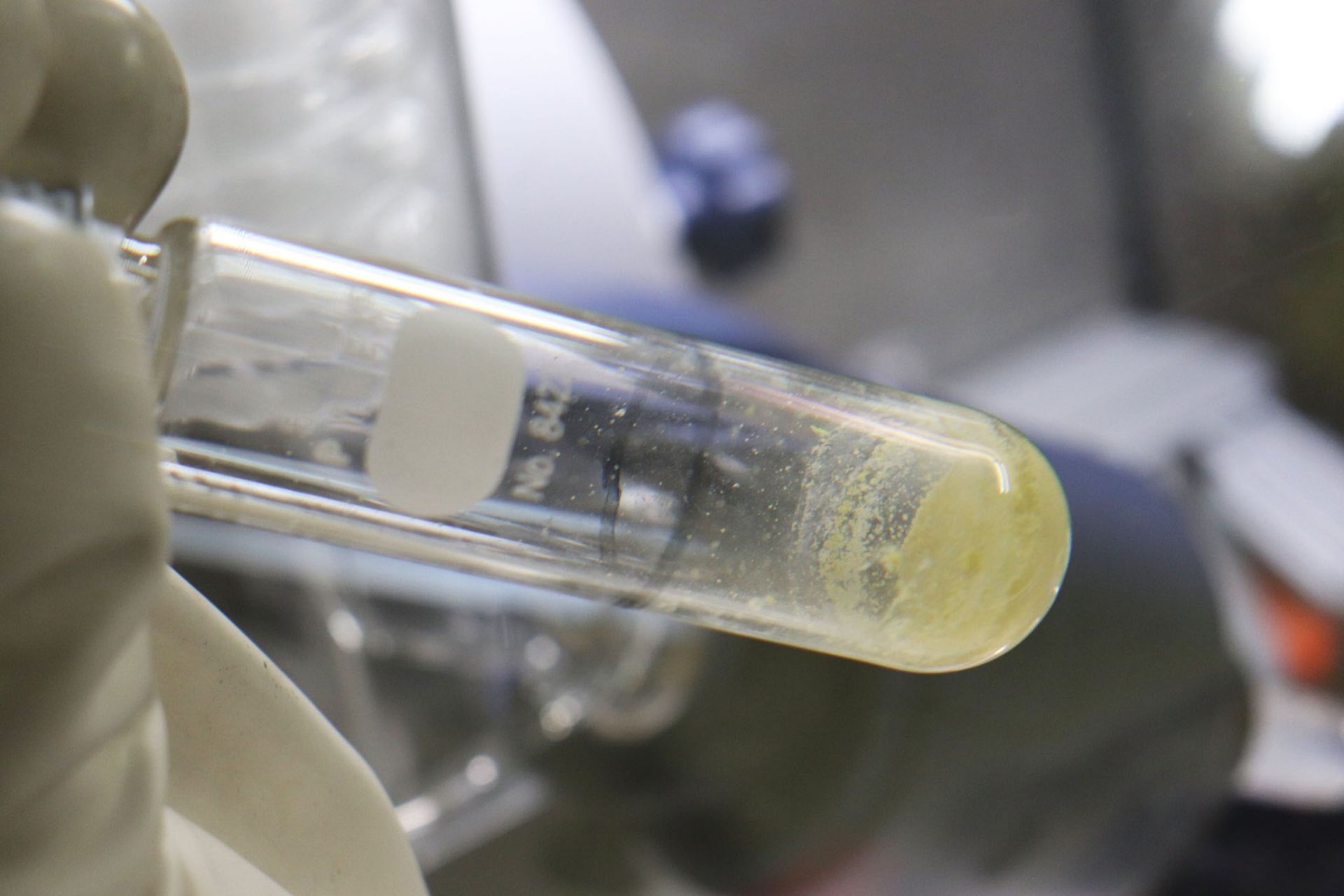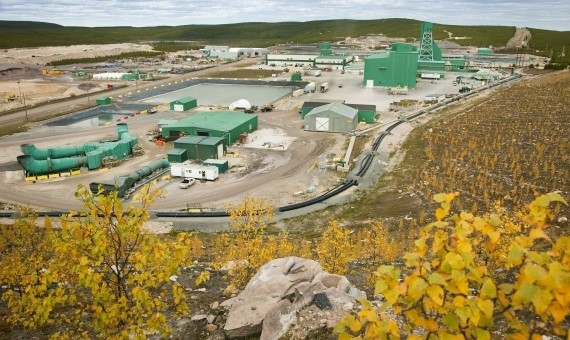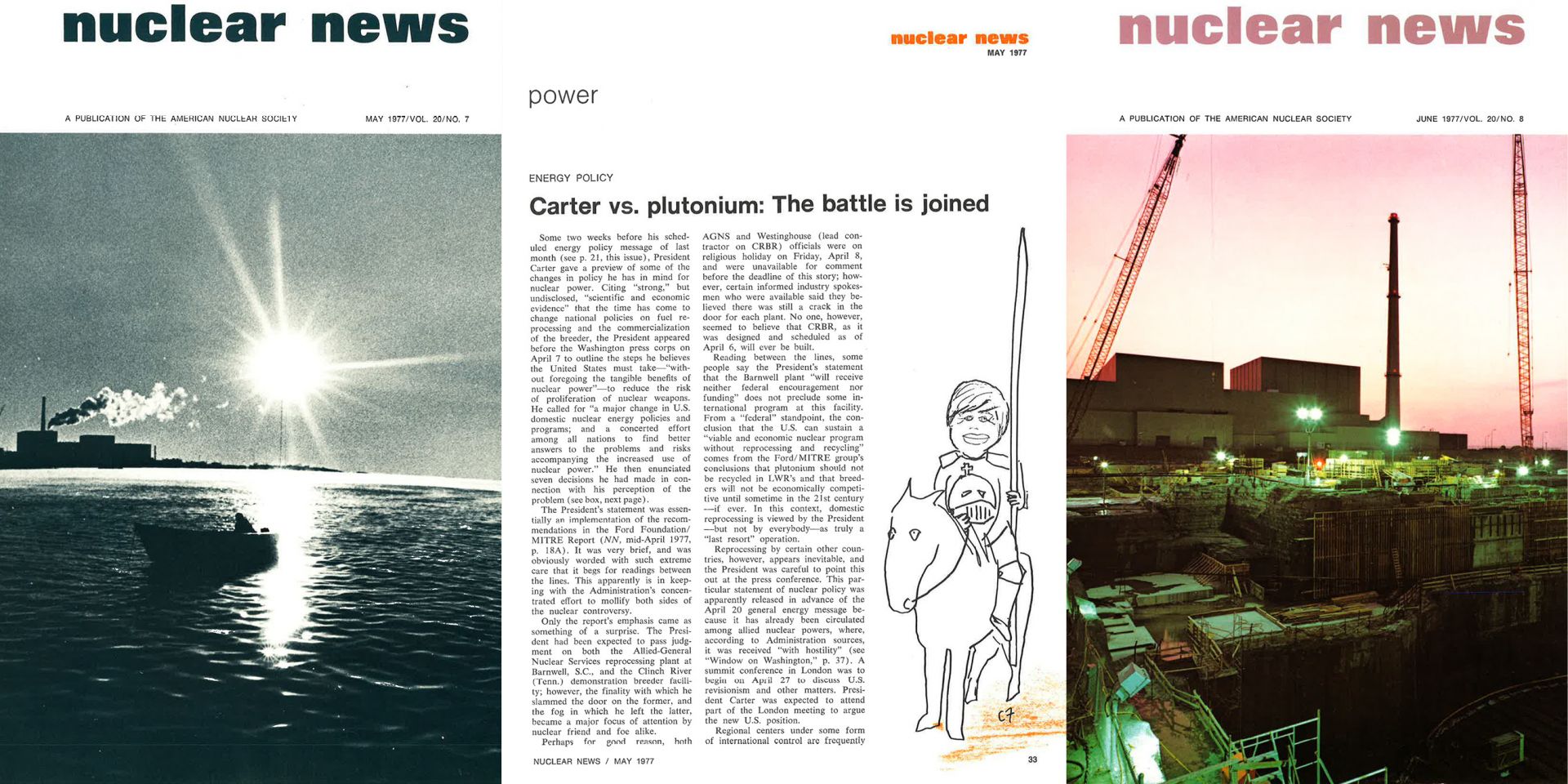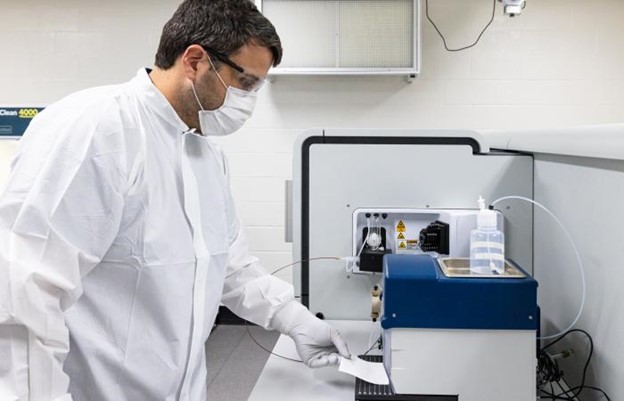The ministers representing their respective nations as the statement on civil nuclear fuel cooperation was announced were (from left) Jonathan Wilkinson, minister of natural resources of Canada; Yasutoshi Nishimura, Japan’s minister of economy, trade, and industry; Jennifer Granholm, U.S. energy secretary; Grant Shapps, U.K. energy security secretary; and Agnes Pannier-Runacher, French minister for energy transition.
A civil nuclear fuel security agreement between the five nuclear leaders of the G7—announced on April 16 on the sidelines of the G7 Ministers’ Meeting on Climate, Energy and Environment in Sapporo, Japan—establishes cooperation between Canada, France, Japan, the United Kingdom, and the United States to flatten Russia’s influence in the global nuclear fuel supply chain.
This chart from the EIA shows sources of uranium for U.S. nuclear power plants, 1950-2021. In 2020, according to the chart, 39.60 million pounds of uranium oxide was imported for the domestic nuclear power plant fleet. (Credit: Energy Information Agency)
The naturalist John Muir is widely quoted as saying, “When we try to pick out anything by itself, we find it hitched to everything else in the Universe.” While he was speaking of ecology, he might as well have been talking about nuclear fuel.
At the moment, by most accounts, nuclear fuel is in crisis for a lot of reasons that weave together like a Gordian knot. Today, despite decades of assertions from nuclear energy supporters that the supply of uranium is secure and will last much longer than fossil fuels, the West is in a blind alley. We find ourselves in conflict with Russia with ominous implications for uranium, for which Russia holds about a 14 percent share of the global market, and for two processes that prepare uranium for fabrication into reactor fuel: conversion (for which Russia has a 27 percent share) and enrichment (a 39 percent share).
Energy Fuels’ White Mesa Mill in southeastern Utah is the only operating conventional uranium mill in the United States. (Photo: Energy Fuels)
The bipartisan Nuclear Fuel Security Act (NFSA), introduced in the Senate last week, would authorize the Department of Energy to establish a Nuclear Fuel Security Program to “ensure a disruption in Russian uranium supply would not impact the development of advanced reactors or the operation of the United States’ light water reactor fleet.” The bill was introduced by Sen. Joe Manchin (D., W.V.), chairman of the Senate Energy and Natural Resources (ENR) Committee; Sen. John Barrasso (R., Wyo.), ranking member of the Senate ENR committee; and Sen. Jim Risch (R., Idaho).
Coles Hill property location. (Image: Consolidated Uranium)
Consolidated Uranium plans to acquire Virginia Energy Resources, which owns Virginia Uranium and the Coles Hill Uranium Project, an undeveloped uranium deposit that sits under about 3,000 acres of land in south central Virginia. The state’s General Assembly has maintained a moratorium on uranium mining since 1982 that was upheld in the courts as recently as 2020, but Consolidated Uranium sees reason for “confidence that the moratorium on developing uranium projects in the state may ultimately be overcome,” and appears content to settle in for a wait.
A screenshot from the Local 12 report. (Image: WKRC/Sinclair)
In May 2019, Zahn’s Corner Middle School in Pike County, Ohio, located within four miles of the former Portsmouth Gaseous Diffusion Plant (PORTS), was closed after local officials reported enriched uranium and transuranic radionuclides were detected inside the school and at outside air monitors.
Now, Cincinnati’s WKRC Local 12, a news affiliate of Sinclair Broadcast Group, is reporting that a private house in Lucasville, Ohio, 10 miles from the PORTS site, has been contaminated with enriched uranium.
Participating in the forum were (from left) John Hopkins (NuScale Power), Renaud Crassous (EDF), Daniel Poneman (Centrus Energy), Adriana Cristina Serquis (CNEA), and Boris Schucht (Urenco).
The nuclear industry leaders assembled in Washington, D.C., last week to discuss small modular reactor supply chains agreed that lost generation capacity from the expected retirement of hundreds or thousands of coal power plants over the next decade—a cliff, in one panelist’s words—represents an opportunity that developers of SMRs and advanced reactors are competing to meet.
“I think in total 80 projects are ongoing,” said Boris Schucht, panel moderator and chief executive officer of Urenco Group, as he opened the forum. “Of course not all of them will win, and we will discuss today what is needed so that they can be successful.”
An image from the video “What is High-Assay Low-Enriched Uranium (HALEU)?” released by the DOE in April 2020. (Source: DOE)
Another piece of the plan for meeting the urgent need for high-assay low-enriched uranium (HALEU) to fuel advanced reactor deployments fell into place when the Department of Energy held an Industry Day on October 14. Attendees were asked how soon they could deliver 25 metric tons per year of HALEU enriched in the United States from newly mined uranium. Offtake contracts for six or more years of HALEU production at that rate could be used to stock a DOE-owned HALEU bank to “support [HALEU] availability for civilian domestic research, development, demonstration, and commercial use.”
Cameco headquarters in Saskatoon, Saskatchewan, Canada. (Photo: Cameco)
Five years after bankruptcy, Pennsylvania-based Westinghouse is being sold again, this time with a 49 percent share going to Cameco Corp., the front-end uranium mining, milling, and conversion company headquartered in Saskatchewan, Canada. Cameco and Brookfield Business Partners, based in Toronto, Ontario, announced the deal yesterday. Once it closes as expected, in the second half of 2023, Brookfield Renewable Partners and other Brookfield institutional partners will own a 51 percent interest in a consortium with Cameco.
The DOE and a contractor recently succeeded in disposing of Oak Ridge’s low-activity U-233, but not before recovering Th-229 from the material.
A vial containing Th-299 extracted from uranyl nitrate.
This past October, the Department of Energy’s Oak Ridge Office of Environmental Management (OREM) and its contractor Isotek successfully completed processing and disposing the low-dose inventory of uranium-233 stored at Oak Ridge National Laboratory (ORNL), ending a two-year effort that has eliminated a portion of the site’s legacy nuclear material and provided rare nuclear isotopes for next-generation cancer treatment research.
Mining at McArthur River takes place between 530 and 640 meters belowground. (Photo: Cameco)
Citing “improving market sentiment,” Tim Gitzel, president and chief executive officer of the Canadian uranium mining company Cameco, announced on February 9 the planned restart of operations at the McArthur River mine in Saskatchewan.
The cover of the May 1977 issue of Nuclear News (left), an image of the story discussing Carter's decision to cancel the breeder reactor program (center) and the cover of the June 1977 Nuclear News (right).
The ANS Fuel Cycle and Waste Management Division will present a webinar today at noon EST (the recording will be available via the webinar archive to all ANS members) featuring an international panel of experts on nuclear waste reprocessing. The panel will explore the idea of separating certain radionuclides from waste using recycling technology that enables pure materials to be used for other purposes.
Artist’s conception of Oklo’s Aurora powerhouse. (Image: Gensler)
ORNL’s Benjamin Manard places a swipe on the extraction stage of Advion’s Plate Express, a microextraction tool that has been paired with a mass spectrometer. (Photo: Carlos Jones/ORNL, DOE)
International nuclear safeguards verification relies on a precise count of isotope particles collected on swipes during International Atomic Energy Agency inspections of nuclear facilities and isolated through a series of lengthy chemical separations that can take about 30 days to complete. On October 15, Oak Ridge National Laboratory—a member of the IAEA’s Network of Analytical Laboratories (NWAL)—announced that analytical chemists at the site have developed a faster way to measure isotopic ratios of uranium and plutonium collected on swipes, which could help IAEA analysts detect the presence of undeclared nuclear activities or material.
